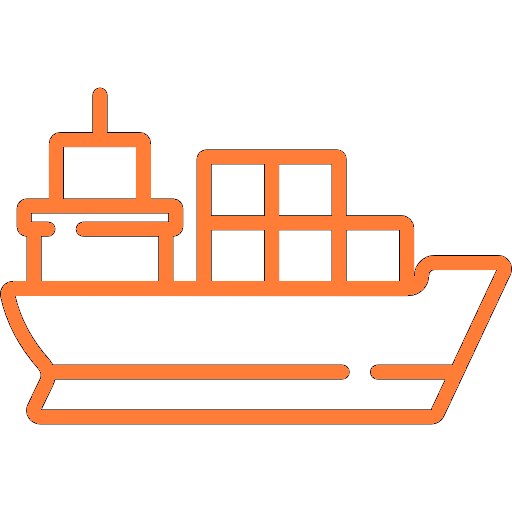
Welcome to
TEMPERATURE CONTROL SHIPMENT

Ship

Goods

Truck

DOWNLOAD SECTION

CONTACT US
Temperature control shipment delivery processes for courier and cargo services involve specialized handling and packaging to ensure that sensitive items, such as perishable goods or pharmaceuticals, are transported under controlled temperature conditions. Here are the key aspects of temperature control shipment delivery:
Temperature Monitoring: Advanced temperature monitoring systems are used to continuously track and monitor the temperature of the shipment throughout its journey. This can be done through temperature sensors or data loggers that record temperature fluctuations.
Packaging and Insulation: The items are packaged in specially designed containers or insulated packaging materials that help maintain the desired temperature range. These containers are often equipped with cooling elements, such as gel packs or dry ice, to regulate temperature.
Temperature-Controlled Vehicles: Dedicated vehicles or compartments within vehicles are used for transporting temperature-sensitive shipments. These vehicles are equipped with temperature control systems, such as refrigeration units or heaters, to maintain the required temperature range.
Temperature Validation: Prior to shipment, temperature-controlled packages may undergo validation processes to ensure that the packaging and cooling mechanisms are functioning correctly. This involves verifying that the temperature inside the package remains within the specified range during transportation.
Regulatory Compliance: Temperature-controlled shipments must comply with relevant regulations and guidelines, such as Good Distribution Practices (GDP) or Good Manufacturing Practices (GMP), depending on the nature of the items being transported. These regulations ensure the integrity and safety of temperature-sensitive products.
Handling Procedures: Couriers and cargo personnel are trained in proper handling procedures to minimize temperature fluctuations and ensure the security of the shipment. This includes following specific protocols for loading and unloading, avoiding exposure to extreme temperatures, and adhering to handling instructions provided by the sender.
Emergency Response: Contingency plans are in place to address any unforeseen circumstances, such as power outages, delays, or temperature excursions during transit. Rapid response protocols and alternative transportation arrangements may be implemented to mitigate any potential risks to the shipment.
By implementing these processes, courier and cargo services can maintain the required temperature conditions and deliver temperature-sensitive shipments safely and effectively.

FREE CALL NUMBERS
+91 9820479704+91 9930055397

24 x 7 Service

OUR LOCATION




